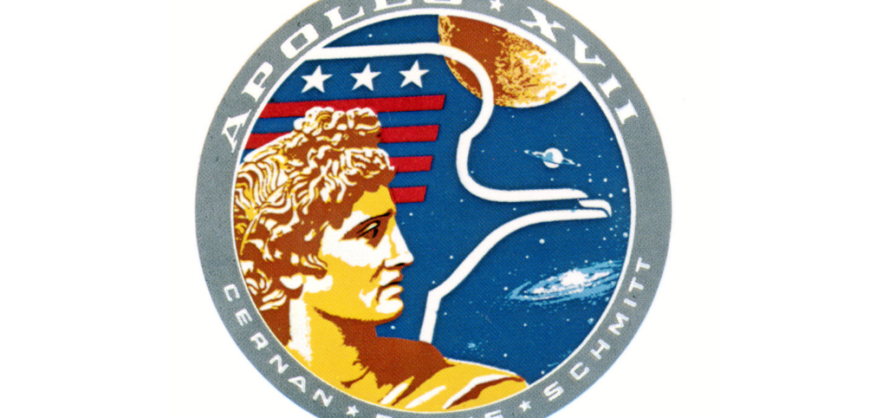Apollo mission planners were really smart. Recognizing that future scientists will have better tools and richer scientific insights, they refrained from opening a portion of the lunar samples returned from the historic Apollo missions. One of these sample containers, after sitting untouched for 50 years, is now set to be opened.
The sample in question was collected by Gene Cernan in 1972. The Apollo 17 astronaut was working in the Taurus-Littrow Valley when he hammered a 28-inch-long (70 cm) tube into the surface, which he did to collect samples of lunar soil and gas. The lower half of this canister was sealed while Cernan was still on the Moon. Back on Earth, the canister was placed in yet another vacuum chamber for good measure. Known as the 73001 Apollo sample container, it remains untouched to this very day.
But the time has come to open this vessel and investigate its precious cargo, according to a European Space Agency press release. The hope is that lunar gases might be present inside, specifically hydrogen, helium, and other light gases. Analysis of these gases could further our understanding of lunar geology and shed new light on how to best store future samples, whether they be gathered on asteroids, the Moon, or Mars.
Death throes of red supergiant star caught on film for the first time
Like I said, Apollo mission planners were really clever—but they didn’t exactly explain how future scientists were supposed to extract the presumed gases from the vacuum-sealed container. That task is now the responsibility of the Apollo Next Generation Sample Analysis Program (ANGSA), which manages these untouched treasures. In this case, ANGSA tasked the European Space Agency, among several other institutions, to figure out a way to safely release this trapped gas, marking the first time that ESA has been involved in the opening of samples returned from the Apollo program.
Read more: Ggizmodo







































